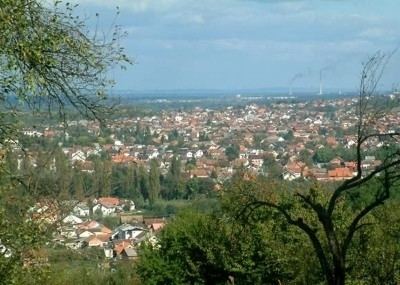Country Croatia ISO 3166 code HR-03 Area 4,468 km² Area code 044 | Website www.smz.hr Population 172,439 (2011) | |
 | ||
Points of interest Gradski muzej Sisak, Muzej Moslavine, VINARIJA TRDENIĆ, Vukomeričke gorice, VINARIJA MIKLAUŽIĆ Destinations Lonjsko Polje, Sisak, Kutina, Čigoć, Hrvatska Kostajnica | ||
Sisak-Moslavina County (Croatian: Sisačko-moslavačka županija) is a Croatian county in eastern Central Croatia and southwestern Slavonia. It is named after the city of Sisak and the region Moslavina just across the river Sava. According to 2011 census it is inhabited by 172 thousand people.
Contents
Map of Sisak-Moslavina County, Croatia
This county features the ancient Roman city of Siscia—today's Sisak. Siscia was the largest city of the whole region back then, a Pannonian capital, probably due to its position on the confluence of the Kupa and Sava rivers. The city's patron saint is its first Christian bishop, St. Kvirin, who was tortured and almost killed during Diocletian's persecution of Christians. Legend has it that they tied him to a millstone and threw him into a river, but he freed himself from the weight, escaped and continued to preach his faith.
The town may have lost importance with the fall of one empire, but it recovered it soon enough with the rise of another: Sisak became famous for crucial battles between European armies and the Ottoman Turks. In particular, the battle of 1593 when the Turkish army first ever suffered a large defeat. The ban Toma Bakač Erdedi who led the defense in this battle became famous throughout Europe.
Today, Sisak features the largest Croatian metallurgic factory (supported by the University of Zagreb's Faculty of Metallurgy also in the city) and the largest oil refinery. These are coupled with the petrochemical facilities in the nearby town of Kutina, the first recorded mention of which was in 1256 by king Béla IV. Moslavina is probably the most picturesque part of this county, with the natural park Lonjsko polje near the rivers Lonja, Ilova and Pakra.
This county also extends far to the south to the border with Bosnia, and in this southern part of the county one can find a small town of Topusko, which has another one of those spas typical for Central Croatia, although this one stands out with seniority: it dates back to the neolithic age.
Sisak-Moslavina County borders on the Karlovac County in the west, Zagreb County in the north, Bjelovar-Bilogora County and Požega-Slavonia County in the northeast, and finally Brod-Posavina County in the east.
Administrative division
Sisak-Moslavina county is subdivided as follows:
Demographics
As of the 2011 census, the county had 172,439 residents. The population density is 39 people per km2.
Ethnic Croats form the majority with 82.4% of the population, followed by Serbs at 12.2%.
